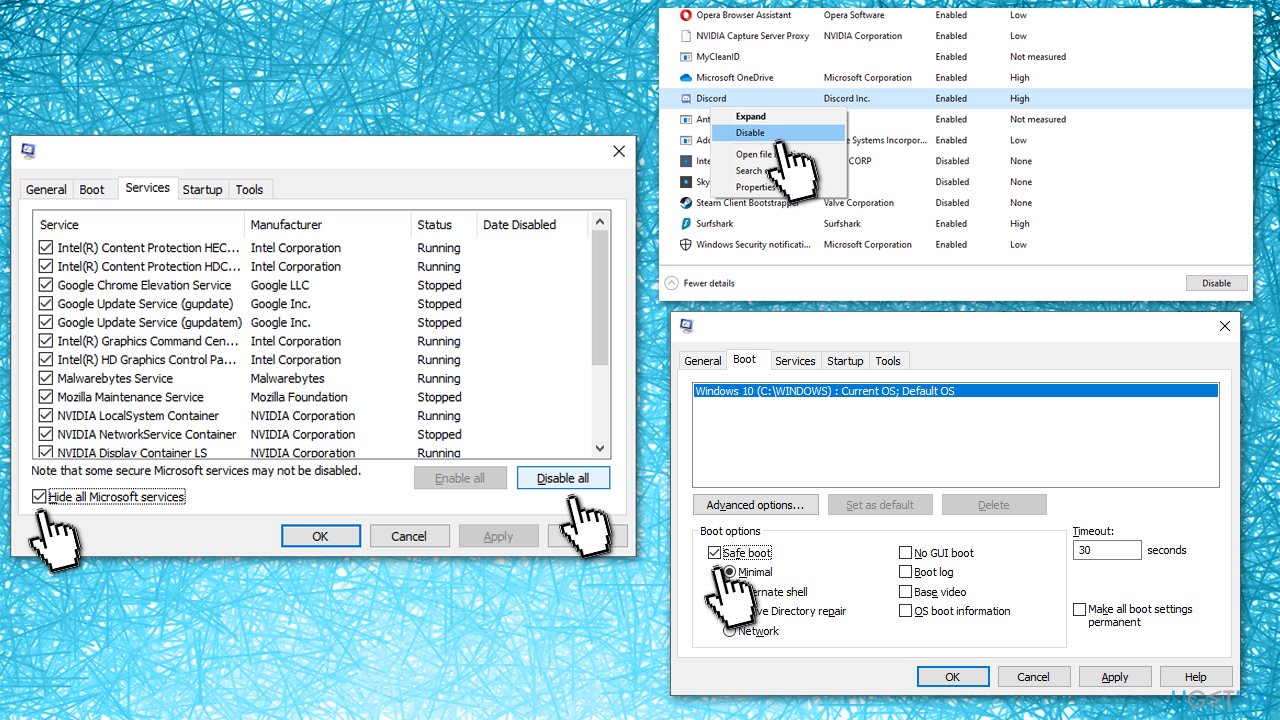

- #KINDLE APP WILL NOT OPEN DUE TO QT PLATFORM INSTALL#
- #KINDLE APP WILL NOT OPEN DUE TO QT PLATFORM UPGRADE#
- #KINDLE APP WILL NOT OPEN DUE TO QT PLATFORM SOFTWARE#

Calibre does not natively support DRM removal, but may allow DRM removal after installing plug-ins with such a function.

Conversion and editing are easily applied to appropriately licensed digital books, but commercially purchased e-books may need to have digital rights management (DRM) restrictions removed. Most e-book formats can be edited, for example, by changing the font, font size, margins, and metadata, and by adding an auto-generated table of contents. Features Ĭalibre supports many file formats and reading devices. In 2008, the program, for which a graphical user interface was developed, was renamed "calibre", displayed in all lowercase. With support from the MobileRead forums, Goyal reverse-engineered the proprietary Broad Band eBook ( BBeB) file format. There, it is not tested/supported.On 31 October 2006, when Sony introduced its PRS-500 e-reader, Kovid Goyal started developing libprs500, aiming mainly to enable use of the PRS-500 formats on Linux. While calibre might work with versions of dependencies other than those listed The up-to-date list of dependencies that the official calibre binaries are bundled with,
#KINDLE APP WILL NOT OPEN DUE TO QT PLATFORM INSTALL#
#KINDLE APP WILL NOT OPEN DUE TO QT PLATFORM SOFTWARE#
Sudo mkdir -p /opt/calibre & sudo rm -rf /opt/calibre/* & sudo tar xvf /path/to/downloaded/calibre-tarball.txz -C /opt/calibre & sudo /opt/calibre/calibre_postinstall Source install WARNING: calibre is a highly complex piece of software with lots of very finicky dependencies. Assuming you want calibre in /opt/calibre, run the following command, changing the path to calibre-tarball.txz below as appropriate:
#KINDLE APP WILL NOT OPEN DUE TO QT PLATFORM UPGRADE#
If you wish to revert to an earlier calibre release or download a calibre upgrade manually, download the tarball of that release from here (choose the 32-bit or 64-bit version, as appropriate). Sudo -v & sudo calibre-uninstall & wget -nv -O- | sudo sh /dev/stdin version=4.23.0Ĭhange 4.23.0 above to whatever version you want installed. You can install a previous calibre release, like this: Wget -nv -O- | sh /dev/stdin install_dir=~/calibre-bin isolated=y You can also do an "isolated" install that only touches files inside the installation folder and does not need to be run as root, like this:.Sudo -v & wget -nv -O- | sudo sh /dev/stdin install_dir=/optĬhange /opt above to whatever folder you want calibre automatically installed to. You can change the folder calibre is installed into from the default (/opt) like this: If you get an error Could not load the Qt platform plugin xcb you are missing some needed X11-XCB libraries, such as libxcb-xinerama0, for details see here.You need GLIBC 2.18 or higher and libstdc++.so.6.0.21 (from gcc 5.4.0) or higher to run calibre.Alternately, simply deleting the installation folder will remove 99% of installed files. You can uninstall calibre by running sudo calibre-uninstall. You must have xdg-utils, wget, xz-utils and python ≥ 2.6 installed on your system before running the installer. Sudo -v & wget -no-check-certificate -nv -O- | sudo sh /dev/stdin If you still want to proceed, pass the -no-check-certificate option to wget, like this: If you get an error about an untrusted certificate, that means your computer does not have any root certificates installed and so cannot download the installer securely.


 0 kommentar(er)
0 kommentar(er)
